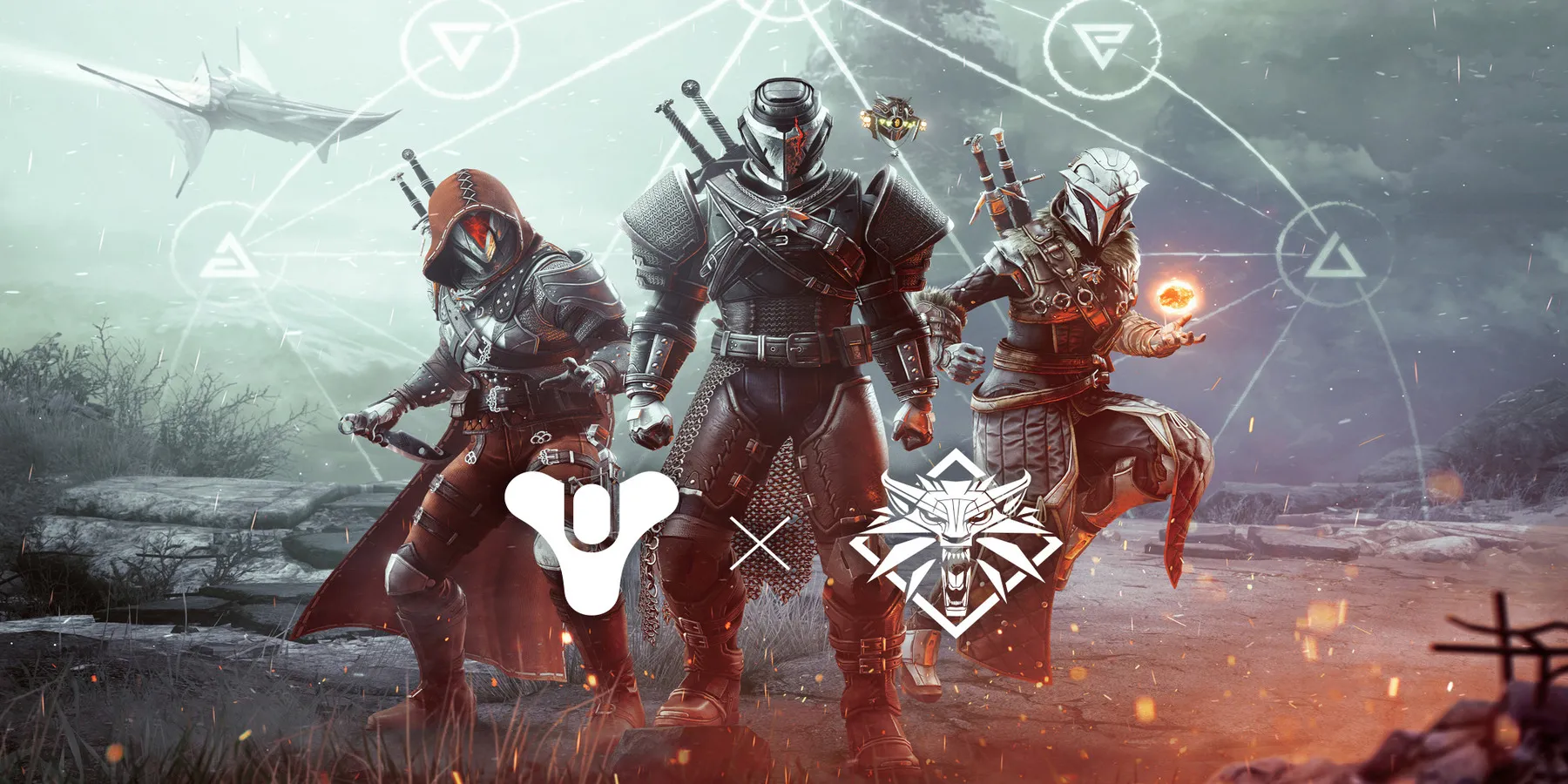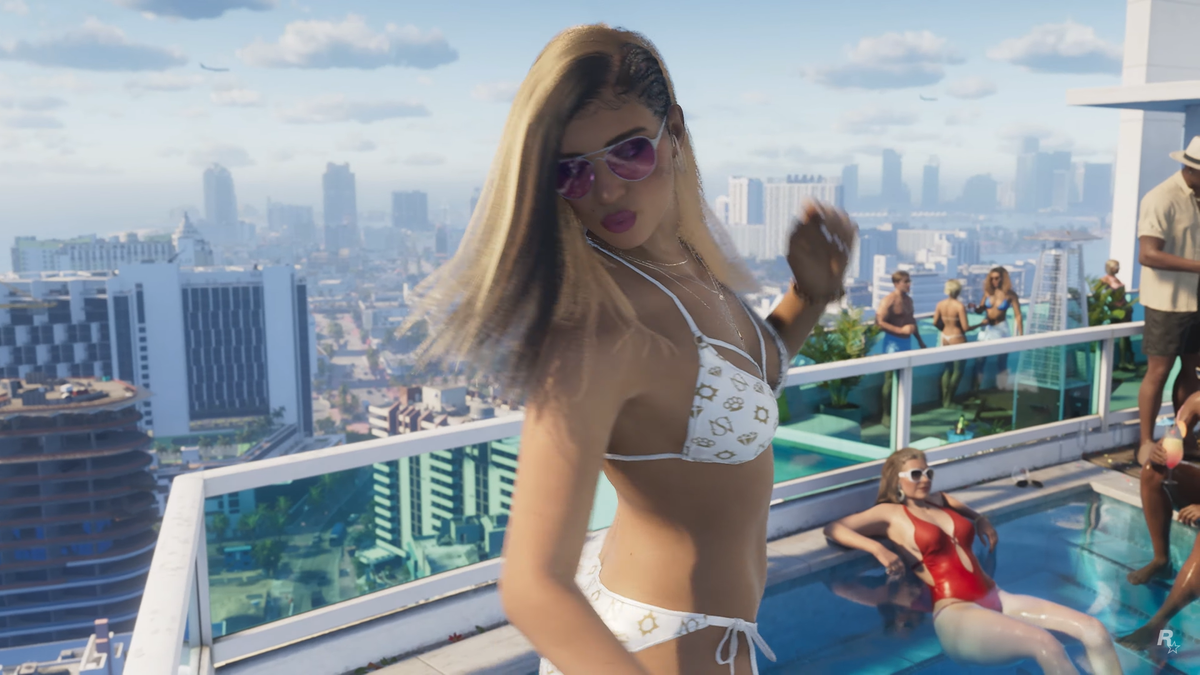The Legend of Zelda: Tears of the Kingdom – A Symphony of Sound Design
Nintendo's Sound Design is Filled with Music - From Cooking to Puzzling
The innovative sound design of Tears of the Kingdom is truly impressive.

In the enchanting world of The Legend of Zelda: Tears of the Kingdom, the final boss awaits your courageous duel from the very beginning. Unlike other games that block access to the final boss until certain plot points are achieved, Tears of the Kingdom subtly warns you of what lies ahead without forcing you away. It cleverly uses sound design as one of its key tools to create anticipation and let you know when you’re approaching the end. 🎶🎮
🎵 The Melodious Clues
As you approach the final platform and get the option to dive, the eerie choral music that fills the Depths crescendos, as if posing the question: “Are you truly prepared?” This musical cue serves as a beacon, reminding you that a point of no return is just beyond. The game’s sound design not only sets the tone but also delivers crucial hints, ensuring you face the final boss when you’re truly ready. 🎶💪
“But what if I accidentally stumble into the final boss area unprepared?” you might ask. Well, fear not, for the music will guide you even then. A YouTuber by the name of Scruffy astutely points out that the game adds reversed vocal samples and an anxiety-inducing piano just before the jump, enhancing the sense of anticipation. These auditory signals helped me recognize that I was about to embark on an epic battle long before I was equipped to do so. 🤫👂
🎮 Moments of Sonic Revelation
One of the highlights of Tears of the Kingdom is the numerous moments of discovery it offers. From learning new abilities to testing configurations of Zonai devices, each step unveils a new facet of this enchanting world. And throughout this journey, the game’s masterful sound design holds your hand, heightening the thrill of exploration. When I reminisce about my time playing Tears of the Kingdom, the first thing that comes to mind is the unforgettable soundscape that accompanied every adventure. 🔍🔊
When the game’s title sequence finally graces your screen, the strings and saxophone play a euphoric crescendo, introducing you to the key mechanics of diving. On another occasion, when I discovered the existence of a third layer in the game’s map, the musical transition from piano to droning synth greeted me with awe. Engaging with the game’s puzzles was equally rewarding, as I eagerly awaited the magical notes that played after solving them. The sounds of Tears of the Kingdom bring joy, wonder, and a sense of accomplishment, blending into the very fabric of the game. 🌟🎹
- Lost Odyssey: Shadows of Destiny – A Spectacular Roleplaying ...
- Bobby Kotick Steps Down as CEO of Activision Blizzard: A Reflection...
- The Departure of Bobby Kotick: What It Means for Activision Blizzard
🎶 The Power of Video Game Sound
Music holds a unique sway over our memories. It taps into cognitive domains that visual or linguistic channels can’t reach. Even individuals with advanced dementia or Alzheimer’s often retain memory of music from their youth, long after other memories have faded. But the magic doesn’t stop there; playing music itself has been linked to lower cognitive decline as we age. 🎶🧠
In video games, sound design becomes an interactive element. Each movement, jump, or strike triggers audio cues that allow players to paint a musical landscape alongside their gameplay. University of Waterloo professor Karen Collins, an expert in game sound, asserts that without player interaction, game sound is just dormant code. It’s the act of playing that breathes life into those immersive soundscapes. The legendary game developer Nintendo stands out as a master of crafting tonal experiences where none would typically exist. 🕹️🎶
🎵 The Nintendo Touch
Nintendo’s video game music stands as a testament to their prowess in adding tonality to their games. Take, for example, the iconic jumping sound from the 1985 Super Mario Bros. game. This sound, like many others cherished by Nintendo fans, was meticulously created by playing and recording on musical instruments rather than attempting to mimic actual jumping sounds. On the other hand, games like God of War: Ragnarök utilized unconventional sound sources like toilet plungers on concrete to replicate the sound of horses’ hooves. Nintendo’s intentional use of tonality in their UI elements has left a lasting impact on players worldwide. 💥🎵
🎮 Overtures of Zelda
For the Zelda series, music has always been a crucial pillar in creating an immersive and expansive world. Since the original The Legend of Zelda in 1986, composer Koji Kondo collaborated with Shigeru Miyamoto and Takashi Tezuka to establish one of Nintendo’s most beloved franchises. The memorable overworld theme from this early game still resonates in the hearts of gamers. As the series evolved, the sound production changed to match the instruments used in each score, but the underlying tones remained consistent. 🎶🌌
Kondo’s ingenious sound design extended beyond iconic themes. One of his notable creations is the “puzzle solved” jingle, which adds a sense of wonder and accomplishment to the gameplay experience. Its unconventional notes defy traditional musical structures, making it etch deep into players’ memories, evoking a rush of joy whenever a Zelda puzzle finds its solution. As 8-bit Music Theory explains, these intentional choices make the Zelda series exceptional. Both magic and music intertwine in the fantastic world of Zelda. 🎩✨
🌍 Soundscape of Breath of the Wild
The critically acclaimed Breath of the Wild took a different sonic direction compared to previous Zelda games. A piano, chosen as the central instrument for its solitary nature, replaced the typical overworld themes. The composers understood that a constant, looped overworld theme might grow tiresome during extensive exploration. They opted for a wandering, minimal piano approach to create a more environmental feel. 🌳🎹
With the release of Breath of the Wild’s original soundtrack, a conversation between the composers shed light on their intentions. Hajime Wakai, the game’s sound director, explained that while a composer has a plan and desired impact with each piece of music, their insistence could overpower the player’s experience. To avoid detracting from the player’s own connection with the world, the team deliberately chose to let the player’s exploration and discovery take center stage, with the piano serving as a gentle companion. 🏞️🎹
🎶 Tears of the Kingdom’s Sonic Tapestry
Building upon the foundation set by Breath of the Wild, Tears of the Kingdom refuses to confine players to a looped overworld theme. Instead, it maintains the environmental approach and expands on the sonic palette. While the piano accompanied Link’s solitude in the previous game, new wind instruments join the symphony in Tears of the Kingdom. In the ethereal Sky Islands, the saxophone replaces the piano entirely, evoking a sense of freedom and companionship. In the Depths, the auditory space echoes with synth and brass, plumbing the depths of something more elemental. 🎷🌌
As Scruffy highlights, Tears of the Kingdom signifies Link’s journey from loneliness to companionship through its rich sound design. The added instruments reflect Hyrule’s restoration and the allies Link gathers along the way. Every clash with Ganon’s forms reverberates with echoes of past encounters, while the final confrontation with the Demon King brings a poignant loneliness, emphasizing the weight of the battle. In this sonic tapestry, the music binds every element together, orchestrating a fitting end to the game. 🎵😢
Reference List:
- Zeldathon
- Music Memory in Dementia
- Less Cognitive Decline with Music
- Construction of Mario’s Jump Sound FX
- Toilet Plungers on Concrete for God of War: Ragnarök
- Koji Kondo
- Overworld Theme from Super Mario Bros.
- Zelda Puzzle Solved Jingle
- Transcript of Breath of the Wild Sound Director Conversation
- The Music from No Rest for the Wicked
- Breath of the Wild’s “Invisible” Sound Design
- Tears of the Kingdom: Final Boss Cutscene
- Sounds Made by Crashing
What’s your favorite video game soundtrack? Share it with us in the comments section below and let’s celebrate the power of music in gaming together! Don’t forget to hit that share button and spread the magic on social media! 🎮🎵✨






